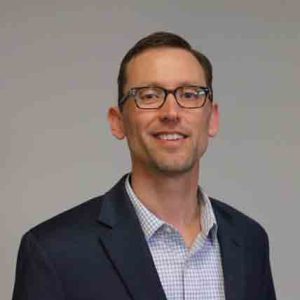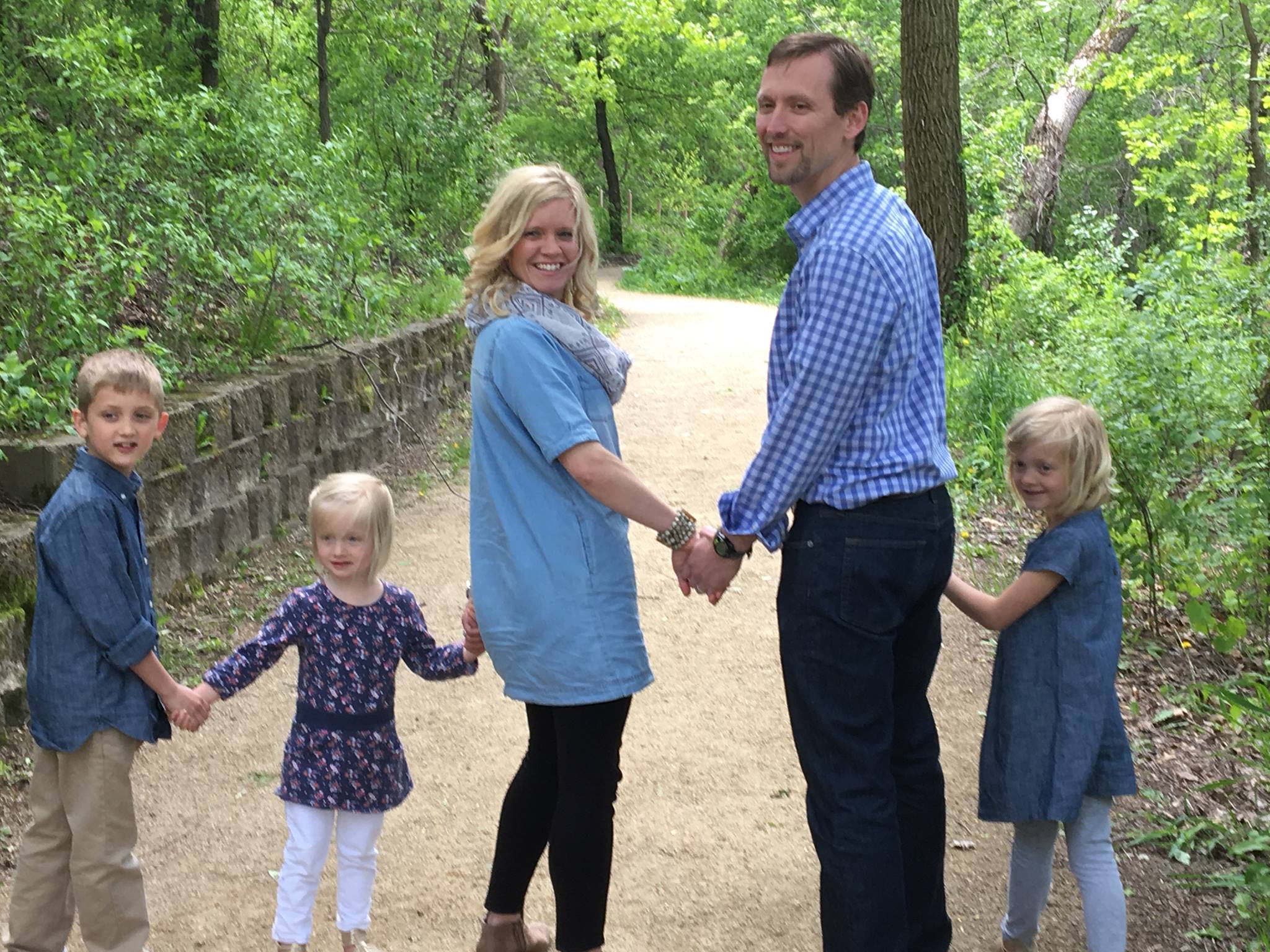The Tested Engineer
How experiencing testicular cancer changed this man’s perspective on the products he helps create.

I discovered the lump while I was on a work trip in Germany. Instead of enjoying my experience abroad, I began to fear the worst.
It wasn’t a total shock considering my father had also had testicular cancer. At the time, I was 29 years old.
Cancer had also been on my mind professionally, as a few years prior I had worked as a product engineer for a company that manufacturers radiation oncology products.
I told my wife about the lump a few days later when I arrived home. We just sat on the couch and cried and held each other. Further complicating the situation was that my wife was five months pregnant with our first child, following a year of infertility.
A shocking discovery
The next day I visited my family practice doctor and he sent me to get an ultrasound.
Of course, the person who gave me my ultrasound had to be a 22-year-old girl. For a medical professional it’s just another set of anatomy. But for me it made the experience really weird and awkward. The girl just kept chatting and chatting. Then suddenly, she stopped talking. I knew right then that I had my diagnosis.
Sure enough, my doctor confirmed I had cancer. It was surreal—everything in our lives suddenly went on hold. We were terrified.
Within a few days, I was scheduled for an orchiectomy, or the removal of one of my testicles.
The surgery went well, and it was a big relief to know the cancer had been removed and now it was most likely contained. Still, my doctor scheduled me for several weeks of radiation just to be sure. I wondered how this treatment might affect my ability to have more children in the future.
Testing the radiation experience
Every Monday through Friday, for five weeks straight, I commuted an hour away to receive radiation treatment.
Because of my previous engineering job, I was very familiar with radiation rooms, but now I was the patient. My company designed several of the machine’s accessories, and we also sold the testicular shield. Seeing these familiar products helped calm me—I knew how they were made, how they had been tested and that they were as safe as they could be.
Even with this assurance, the daily grind of radiation gave me a lot of nausea. I also had to get dots tattooed on my abdomen to aim the radiation precisely—a permanent reminder of the radiation experience.
I tried to keep working through treatment, but sometimes I could only manage a few hours per day. It took me at least a year before I felt like I had my normal energy again.
How I found hope
Throughout my journey with testicular cancer, I found hope, strength and peace from several sources. My relationship with my wife proved vital. We were a team, and I didn’t feel like I ever faced cancer alone. I know that cancer can separate people and cause a flurry of complicated emotions, but we kept together in it.
My faith was also important, though admittedly I felt unprepared for something this difficult.
I ended up relying on the faith of others, especially our pastor and church staff, friends and family. They came and prayed for us while I was at the hospital for my surgery. And I think it is okay to rely on others to help carry you through times like this.
Who are the spiritual rocks in your life that can help encourage you? For those of you who don’t have faith, maybe now is the time to consider it.
I grew a lot spiritually from testicular cancer. We need a rock—something to lean on. For me, that rock has become the Word of God, though at the time it wasn’t a big part of my routine. Today, reading the Bible has become hugely important to me.

Thanks in part to the safe practices of radiation treatment, we later added two more members to our family.
How testicular cancer helped my professional life
Besides how I grew personally, my cancer journey has also deepened me professionally. In 2014, I took a job at the same radiation oncology company where I had started my career. As part of the executive team, I help influence how we approach our products and our company philosophy.
I understand what it is like to have cancer. Experiencing it helped me think more about the people who will use our products.
I want to help this big scary thing be that much less scary for them. We can do that through how we make our products, ship them on time and continue to innovate. Improving the technology around something like radiation can help improve the rates of survival for people—which is huge.
It can also help make the experience as comfortable as possible. For example, we are currently developing non-permanent tattoos for radiation that are just as accurate.
I often talk about how our company has the opportunity to help someone on one of the worst days of their life—I can personally relate to such days. Helping them is very rewarding for me.
If you found this story inspirational, click here to check out more Stories of Hope.
If you would like help on your cancer journey, see the Pathway to Hope or check out God’s Help in Cancer
I have a question or comment
How to find God’s hope, strength and peace

Want to hear more hopeful stories?
Get our monthly updates which include our newest Story of Hope.
Sign Up
